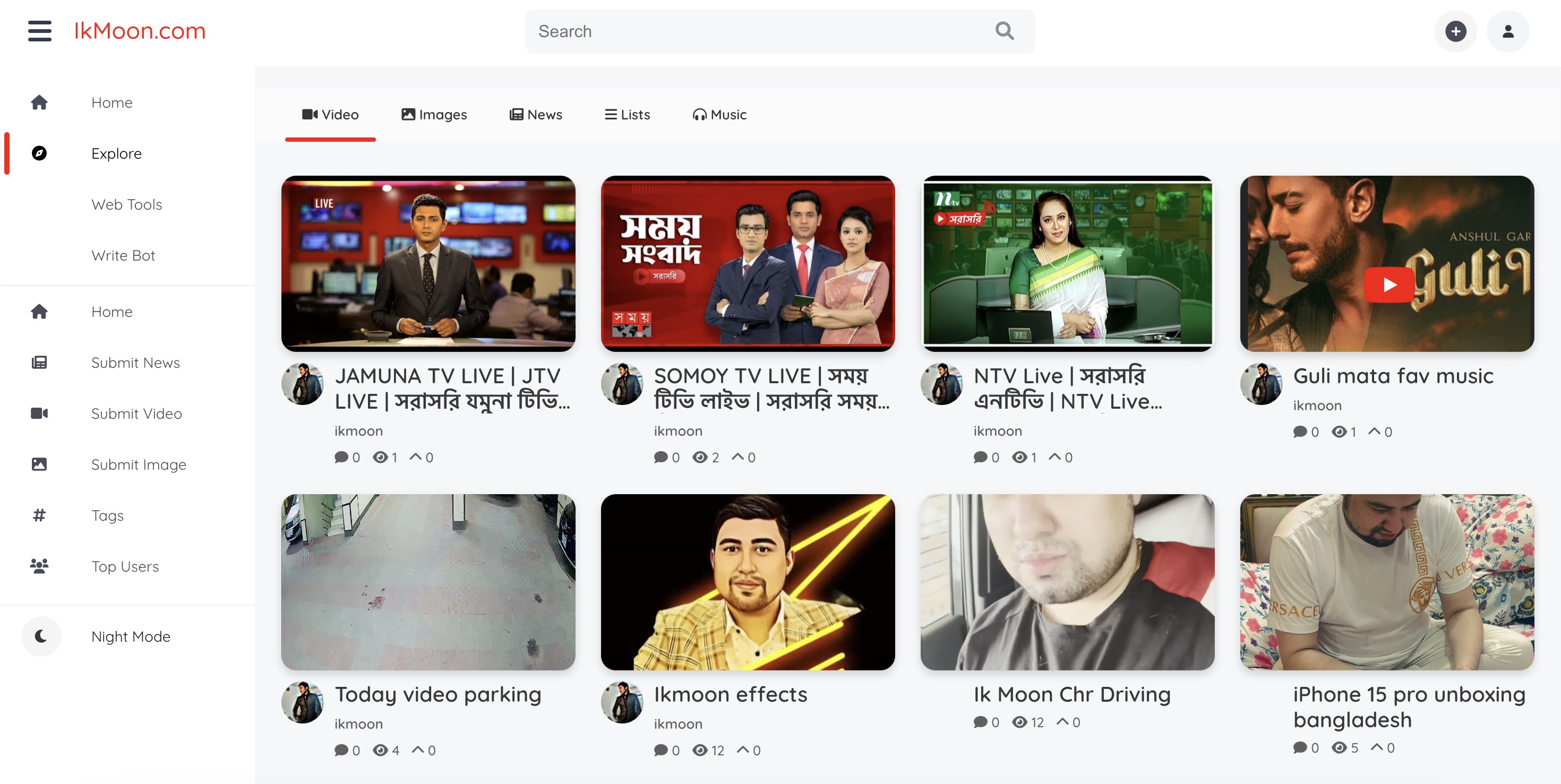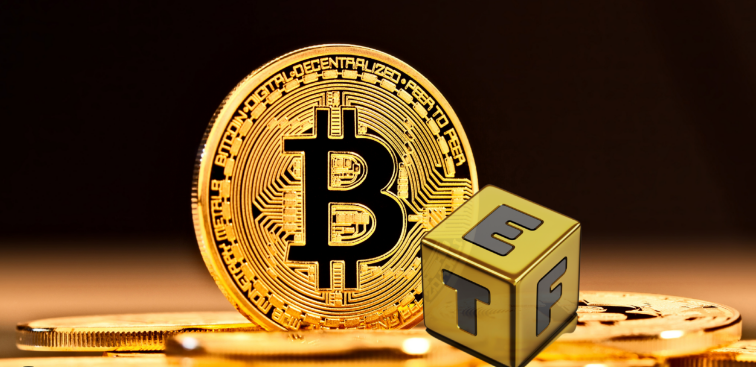An uneasy world may soon look for its next ‘global money’
The post An uneasy world may soon look for its next ‘global money’ appeared on BitcoinEthereumNews.com. This is a segment from The Breakdown newsletter. To read full editions, subscribe. “Trust is one of the greatest economic forces on Earth.” — Charlie Munger What money will the world trust next? The Spanish dollar (a.k.a. pieces of eight, a.k.a. Spanish peso) was the first global currency. From the 16th through 19th centuries, silver coins minted by the Spanish government circulated on all six of the world’s inhabited continents, and were legal tender on five of them (parts of Europe, Africa, Asia, and both Americas). In many of those places, they were so welcome you could even cut them into halves, quarters, or eighths and spend the pieces as change (hence the name “pieces of eight” for a whole coin). The Spanish dollar wasn’t quite a global reserve currency, but that’s only because central banks didn’t yet hold reserves. But it served as a store-of-value reserve for private savers around the world — and that makes today’s US dollar the institutionalized, fiat-era successor of the Spanish dollar. Both global currencies served the same function: to reduce friction in international trade by providing a near-universal medium of exchange, unit of account, and store of value. Today’s global reserve currency pays homage to its predecessor in both name and symbol — the “$” dollar sign is thought to have evolved from the mark for the Spanish currency (the dollar sign is still also called “the peso sign” for that reason). But the debt goes deeper. The first US dollar, established as the basic currency unit of the United States in 1792, was a silver coin deliberately designed to have roughly the same metallic content as a Spanish dollar: ~24 grams of pure silver (plus about two grams of copper to make it more durable). The US government did not mint nearly enough…

The post An uneasy world may soon look for its next ‘global money’ appeared on BitcoinEthereumNews.com.
This is a segment from The Breakdown newsletter. To read full editions, subscribe. “Trust is one of the greatest economic forces on Earth.” — Charlie Munger What money will the world trust next? The Spanish dollar (a.k.a. pieces of eight, a.k.a. Spanish peso) was the first global currency. From the 16th through 19th centuries, silver coins minted by the Spanish government circulated on all six of the world’s inhabited continents, and were legal tender on five of them (parts of Europe, Africa, Asia, and both Americas). In many of those places, they were so welcome you could even cut them into halves, quarters, or eighths and spend the pieces as change (hence the name “pieces of eight” for a whole coin). The Spanish dollar wasn’t quite a global reserve currency, but that’s only because central banks didn’t yet hold reserves. But it served as a store-of-value reserve for private savers around the world — and that makes today’s US dollar the institutionalized, fiat-era successor of the Spanish dollar. Both global currencies served the same function: to reduce friction in international trade by providing a near-universal medium of exchange, unit of account, and store of value. Today’s global reserve currency pays homage to its predecessor in both name and symbol — the “$” dollar sign is thought to have evolved from the mark for the Spanish currency (the dollar sign is still also called “the peso sign” for that reason). But the debt goes deeper. The first US dollar, established as the basic currency unit of the United States in 1792, was a silver coin deliberately designed to have roughly the same metallic content as a Spanish dollar: ~24 grams of pure silver (plus about two grams of copper to make it more durable). The US government did not mint nearly enough…
What's Your Reaction?







































